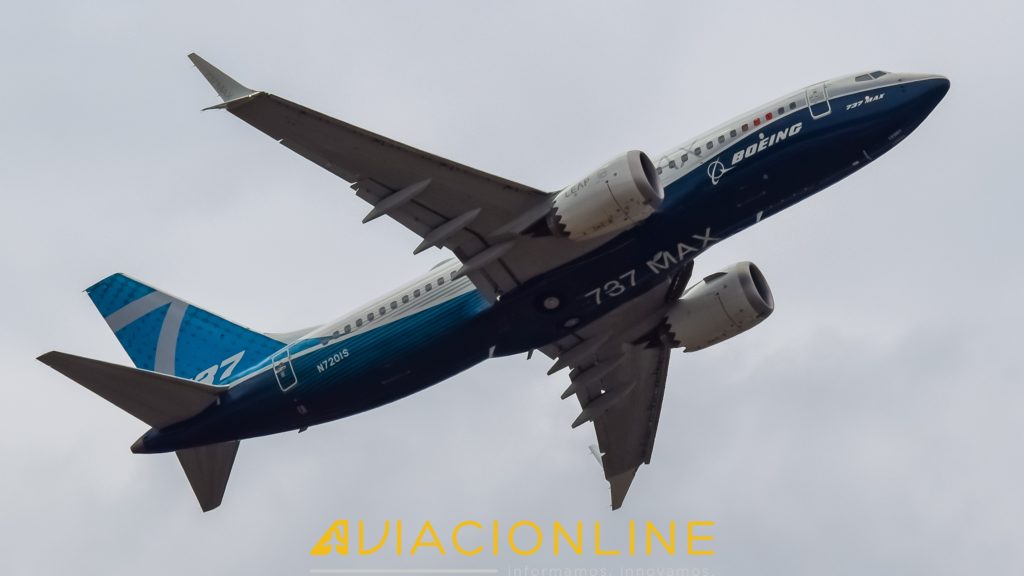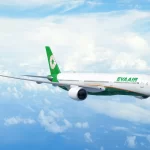Monday morning, March 25th, started in the region with a significant shake-up: Dave Calhoun, CEO of Boeing, will leave his position at the end of 2024. With this decision, the company aims to send a message of change at perhaps the most complex moment in its history.
Calhoun took office in March 2020, following the departure of Dennis Muilenburg, with one premise: to clean up Boeing’s image after the Lion Air and Ethiopian accidents. In reality, Calhoun’s task was different: to restore the industry’s confidence in the quality, design, and production processes that directly and indirectly caused the two incidents.
He also needed to send another message: with him, Boeing would seek to regain focus on engineering. Focus on airplanes, rather than dividends. Return to the roots, after years in which the paths of the board and its employees seemed to diverge. Much was said about Boeing’s change in mindset after acquiring McDonnell Douglas.
With the benefit of hindsight, the idea that Boeing bought MDD not for the planes but for its executive team and commercial strategy proved true. And it proved a mistake.
During Dave Calhoun’s tenure, it was impossible for Boeing to turn the page and regain trust, and more incidents and problems with quality, production, and design came to light.
Almost unbelievable situations that would be unacceptable in a modest shoe factory in some lost place in Latin America appeared in a sad and worrying sequence. At one point, there were so many simultaneous problems that it was hard to be surprised. And that says a lot.
The Art of Not Being Able Not to Know
Calhoun, Larry Kellner, and Stan Deal, who are also leaving in this abrupt shake-up, could not be oblivious to the situation: none of the three were outsiders, they didn’t get there through a search on LinkedIn. Long before they were promoted to be part of the solution, they were part of the problem.
They could not be unaware of what was happening inside the factories, they could not be strangers to the company’s incestuous relationship with the FAA. They could not ignore the situation of their supply chain. Yet, they arrived to make it clear that the problem was Muilenburg, and that the solution was inside. They had to affirm that it was a matter of leadership, that the machine was fine. They should have, but they couldn’t.
Unintentionally, they were the testament that Boeing’s problems exceed its men and their names. There is a huge gap in the manufacturer between what it has to be and what it is today. They could not untangle the knot. The question now is, who can?
The King is Dead, Long Live the King
Is it time for Boeing to look for its next CEO outside its ranks? It would be a strong message of change, perhaps the one the company needs. Internally, it could signal that the succession for the most important position in the (formerly?) most important manufacturer in the world is over. With that, several executives will have to continue their career ambitions elsewhere.
How much reluctance will it generate among generations who have started and ended their careers in the company for an outsider to dictate the steps they will dance to? It’s impossible to know now. Perhaps the only certainty this moment delivers is that whoever accepts to take the reins of The Boeing Company today will have a personality that equally blends courage and strength to make major changes to survive. Because in the most powerful storm Boeing has faced, the ship changes captain.
Dave Calhoun, Larry Kellner, and Stan Deal leave amid the darkest hour. Welcome to whoever takes the torch because, for Boeing, today is a time for the brave.














